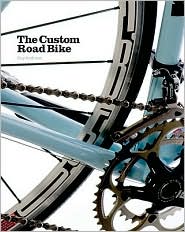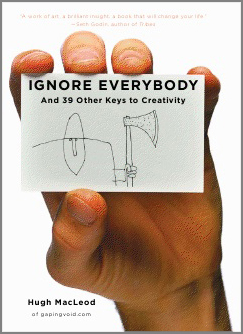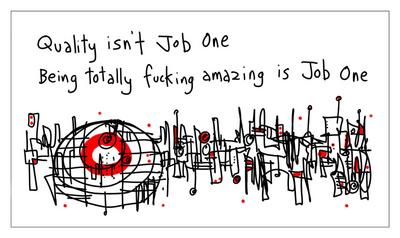Review: "The Custom Road Bike."
 Thu, October 28, 2010
Thu, October 28, 2010  What initially got me into cycling was the machine itself.
What initially got me into cycling was the machine itself.
This fabrication and assembly of colored paint along with bright and shiny parts into a piece of pure art.
It was something that looked so fragile and yet was quite strong, and when you rode it you became one with this machine.
In my immaturity I several times almost ran into parked vehicles because I was looking down admiring the bicycle, or looking at my reflection in store windows as I rode by.
My father bought me a modest lightweight bike, then later when I joined a local club and started racing, I upgraded it by buying and replacing various parts, until I eventually bought a new frame and so had a completely new bike.
Every time I had an important race I would spend the day before completely disassembling the bike, cleaning every part, and then reassembling with just the lightest smear of grease in the bearings, and the same adjusted to smooth perfection.
Working on the bike brought as much pleasure as riding it. Equipment was often replaced, not because it was worn out, but because something new and wonderful came on the market that I just had to have.
This was all brought back to me when I was recently sent a review copy of “The Custom Road Bike” by Guy Andrews, who for the last fifteen years has been the editor of “Rouleur” magazine.
The book is a large and lavish publication, detailed and beautifully illustrated with all the top of the line component parts that go to make up the modern road bike. It describes in detail for example, the differences between Campagnolo, Shimano, and Scram without opinions or prejudices.

I looked for miss-information because so many books like this have some. I didn't find any, Guy Andrews did what a good editor should do, he spoke with experts and reported what they said.
There are interviews with American framebuilders Richard Sachs and Ben Serotta and while some may feel others should have been included, there is such a thing as “Paying your dues.”
These two were around in the 1970s and are still at it when most others, including myself, have long since thrown in the towel. There are also interviews with Italian builders Ernesto Colnago and Dario Pegoretti.
As I said this is a lavish and spendy book at $50, although Amazon has it for $31.50 and Barnes & Nobel for $33.75.
So should you buy it? It is rather like the bike you ride; the most expensive bike is not necessarily going to bring you the most cycling pleasure, especially if you can’t afford it. On the other hand if you can afford the most expensive bike, then go for it.
The same with this book. Today one can gather much information on the Internet for free, but if you can afford it, it is a pleasure to have all the information in one place in a book that is nice to own.
If you are old skool like me, and want to get up to date on the new stuff, this book will do it. But only if you are a hands on guy who likes tearing your bike apart and building it up again once in a while.
Otherwise get the book from the library, and take your bike to the local bike shop.
 Book Review
Book Review 

























